Topics - e-Bulletin
University of Electro-Communications publishes December 2015 issue of e-Bulletin.
The December 2015 of the UEC e-Bulletin is a special issue dedicated to highlighting the excellence in research of eight young members of faculty on the UEC Tenure Track Program, where the 'Topics' section showcases their unique and challenging research.
The contents of December 2015 UEC e-Bulletin are Research Highlights on the limitations of wireless transceivers; brain research on walking control and the influence of lower limb co-ordination; snake robot range-sensing control system that avoids tail-end collisions; and random additions to efficiently anonymize large data sets. Tenure track based Topics articles on geophysics insights into the origins of sodium and other metallic layers in the Earth's upper atmosphere; neuroscience research on creating realistic computational models of the cerebellum; astrophysics of the birth of high mass stars and the origin of life; and cotranscriptional folding and computational modelling of self-assembly of RNA origami for universal computation. News summary of the Irago Conference 2015 held at Cape Irago, Aichi Prefecture in October 2015.
Research Highlights
Wireless transceivers: Hardware still limits the unlimited
http://www.ru.uec.ac.jp/e-bulletin/research-highlights/2015/wireless-transceivers.html
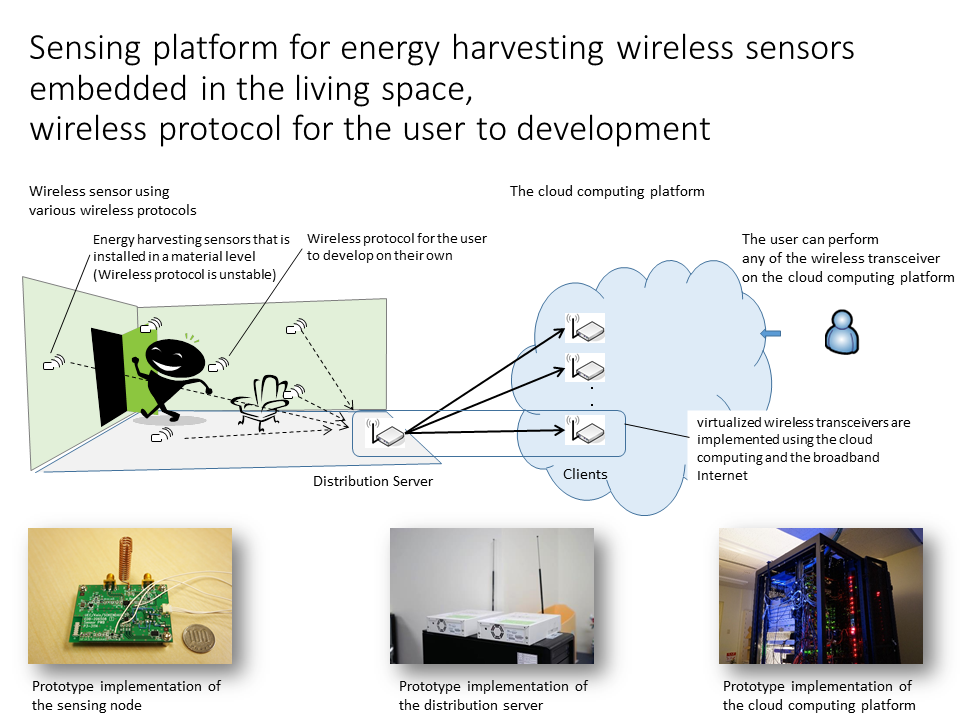
The field of 'software-defined radio' (SDR) technology - a wireless communications system that implemented by means of software on a computer to replicate the work of traditional hardware - has potential in the cognitive radio and its research and development. Advantages of SDRs include the ability to comply with various wireless protocols without hardware modification. It may be possible not only virtualizing the wireless transceiver but also compensating for the instability of the wireless protocol at the receiving end, or launching the wireless transceiver corresponding to the signal automatically.
Walking control: Influence of lower limb co-ordination
http://www.ru.uec.ac.jp/e-bulletin/research-highlights/2015/walking-control.html
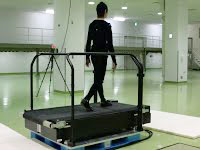
Walking on two legs is inherently unstable, meaning that the human central nervous system must work hard to maintain balance. Walking motion is maintained by two control approaches - feedforward control, in which the body anticipates possible disturbances to steady walking, and feedback control, when the body reacts to an unseen disturbance to stay upright. The precise mechanisms underlying these control approaches are not yet fully understood.
Snake robot range-sensing control system avoids tail-end collisions
http://www.ru.uec.ac.jp/e-bulletin/research-highlights/2015/snake-robot.html
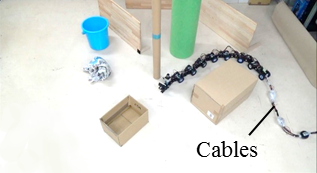
Rescue operations at disaster scenes often use robots to avoid further human danger. Modelling robots on snakes can provide better access through narrow paths in rubble, but previous models that control snake robots by the head do not adequately avoid collisions between the body of the robot and surrounding obstacles. Researchers at the University of Electro-Communications and Kyoto University have now demonstrated an improved control system for avoiding collisions along the full length of snake robots.
Random additions efficiently anonymize large data sets
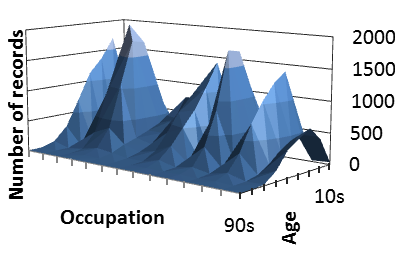
Balancing transparency and freedom of information with the right to privacy lays high demands on data handling methods. So far methods for anonymizing shared data sets have assumed that there is a distinction between details that can be used to identify an individual (quasi-identifiers) and details that are deemed 'sensitive' and private, but this is not always the case. Now Yuichi Sei and Akihiko Ohsuga from the University of Electro- Communications, alongside Takao Takenouchi from NEC Corporation in Japan, have devised an algorithm that efficiently anonymizes data sets without assuming this distinction.
Topics
Geophysics: Insights into the origins of sodium and other metallic layers in the Earth's upper atmosphere
http://www.ru.uec.ac.jp/e-bulletin/topics/2015/geophysics.html
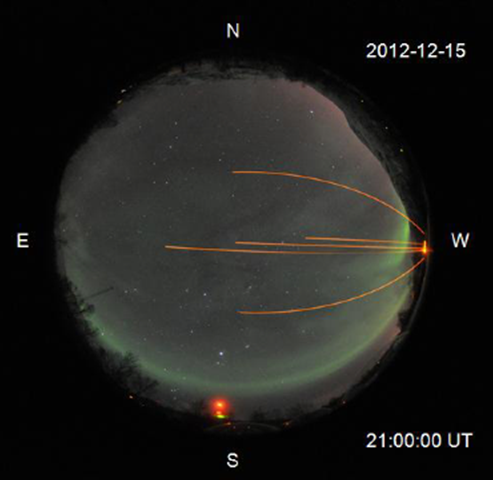
The Earth's atmosphere is critical for the existence of mankind. A close inspection of reveals that the atmosphere consists of several regions: troposphere is where humans live (ca. 0-15 km); stratosphere and thin layer of ozone (ca. 15-50 km) that absorbs ultra-violet radiation; and the mesosphere/ionosphere (ca. 50-100 km) and thermosphere (where aurora occur) (ca. 100-600 km). For reference, the International Space Station orbits at approximately 400 km above the Earth.
Neuroscience: Creating realistic computational models of the cerebellum
http://www.ru.uec.ac.jp/e-bulletin/topics/2015/neuroscience.html
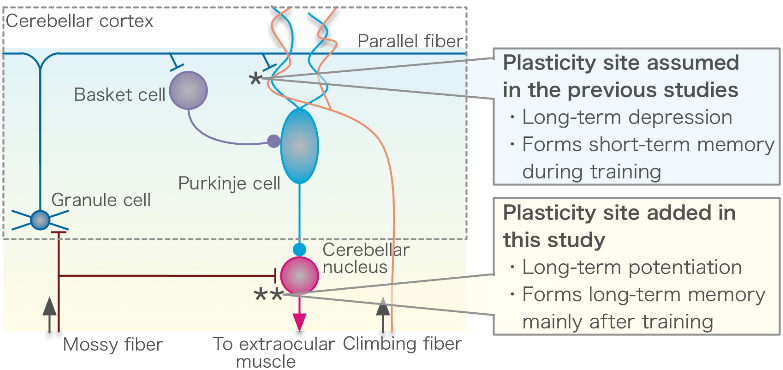
In spite of gigantic advances in medical science over the last century there are still huge gaps in our knowledge of the inner workings of the human brain. For example, how do people in their eighties still remember sights, sounds, and fragrances from their childhood; what are dreams; and why certain people can master many different languages and others have their hands full with just one? Underscoring the deep interest in uncovering the functions of the brain, multi-billion dollar projects have been launched in the USA, EU, and Japan to address these and much deeper aspects of the brain.
Astrophysics: Birth of high mass stars and the origin of life
http://www.ru.uec.ac.jp/e-bulletin/topics/2015/astrophysics.html
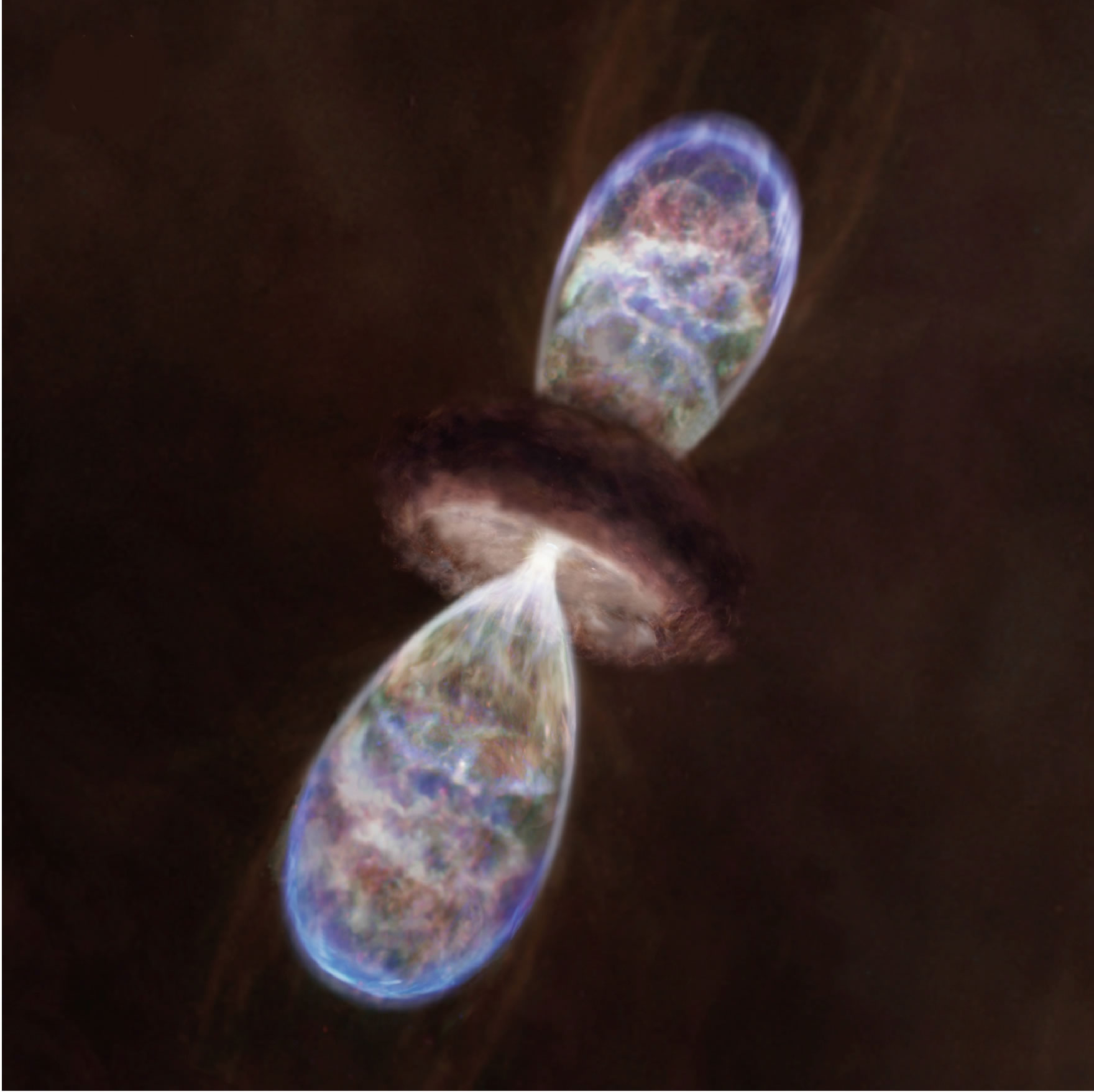
"I am using the Atacama Large Millimeter/Submillimeter Array (ALMA) facilities in Chile to study the formation of stars," says Sakai. "In particular I am looking at 'high-mass' stars formed in clusters that are approximately 10,000 light years from the Earth. High mass stars play an important role in the evolution of galaxies and ultimately hold the secrets of the origins of life on Earth."
Cotranscriptional folding: Computational modelling of self-assembly of RNA origami for universal computation
http://www.ru.uec.ac.jp/e-bulletin/topics/2015/cotranscriptional-folding.html
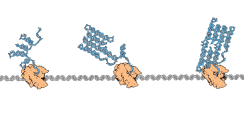
Imagine a world where the basic building blocks of massive structures interacted autonomously to self-assemble into majestic landmarks such as the Eiffel Tower in Paris and the Golden Gate Bridge in San Francisco.

